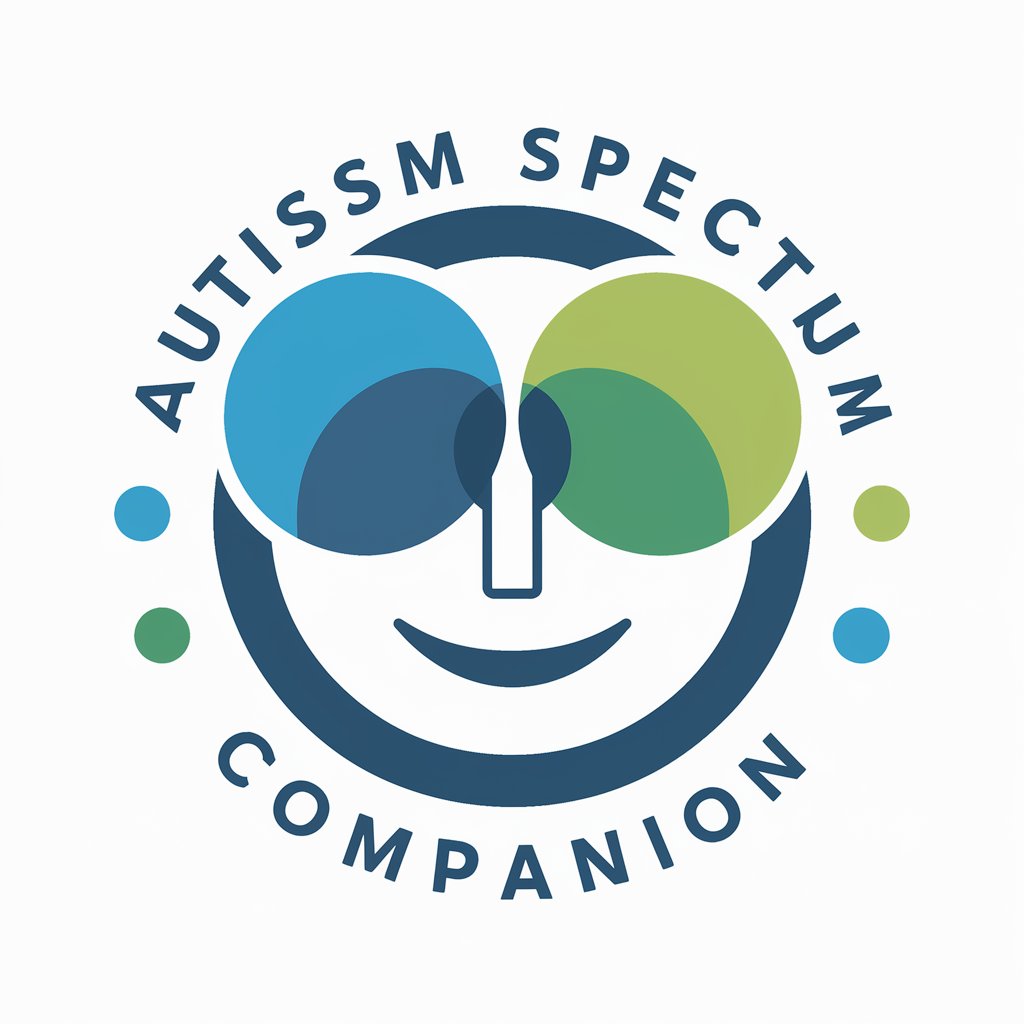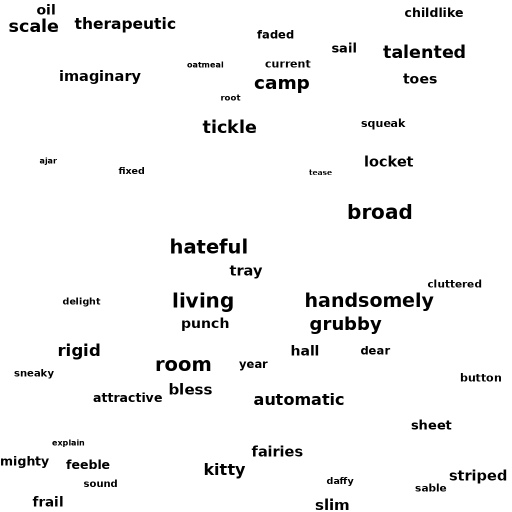Autism Spectrum Companion - Autism Support Tool

Hello! I'm here to help you with personalized support and guidance.
AI-powered autism support companion
Create a social story about meeting new people at school...
Design a visual schedule for a morning routine...
Suggest strategies for managing sensory overload in a noisy environment...
Provide tips for understanding and expressing emotions during stressful situations...
Get Embed Code
Introduction to Autism Spectrum Companion
The Autism Spectrum Companion is a specialized digital assistant designed to support individuals on the autism spectrum by providing personalized communication and learning tools. It is crafted to recognize and build upon the unique strengths of each user, offering strategies and resources to address their specific needs and challenges. This includes creating social stories to help understand social norms and cues, visual schedule planning for structure and predictability, advice for managing sensory sensitivities, tools for emotion management, and guidance on developing social skills. For instance, it can generate a social story to prepare a user for a dentist visit, detailing each step to reduce anxiety, or create a visual schedule to assist with daily routines, enhancing independence and confidence. Powered by ChatGPT-4o。

Main Functions of Autism Spectrum Companion
Social Story Creation
Example
A social story explaining the process and expectations of attending a birthday party to alleviate anxiety and improve preparedness.
Scenario
Used by a parent or educator to prepare an individual for an upcoming social event, outlining behaviors and social cues in a clear, understandable format.
Visual Schedule Planning
Example
A visual daily schedule including icons and times for activities like school, homework, meals, and bedtime to provide structure.
Scenario
Employed by therapists or caregivers to help individuals understand and anticipate daily and weekly routines, promoting independence.
Sensory Processing Advice
Example
Strategies for managing sensory overload in crowded places, such as using noise-canceling headphones or identifying quiet retreats.
Scenario
Advised for individuals who find public spaces overwhelming, to help them navigate these environments more comfortably.
Emotion Management
Example
Tools and techniques for recognizing and dealing with emotions like anger or anxiety, such as breathing exercises or sensory objects.
Scenario
Useful for individuals who struggle to identify or cope with intense emotions, providing them with practical strategies to regain calm.
Social Skills Development
Example
Guidance on initiating conversations, taking turns in discussions, and understanding body language and facial expressions.
Scenario
Aimed at improving communication and interaction with peers and adults, enhancing relationships and social participation.
Ideal Users of Autism Spectrum Companion Services
Individuals on the Autism Spectrum
People of all ages on the autism spectrum who may benefit from structured support in social understanding, sensory management, and daily living skills. The tool can adapt to various levels of support needed, from those requiring minimal guidance to individuals needing significant assistance.
Parents and Caregivers
Family members or caregivers seeking resources to support their loved ones in understanding social norms, managing sensory issues, or developing independence in daily routines. It provides them with tools to create engaging, personalized supports.
Educators and Therapists
Professionals working with individuals on the autism spectrum, including teachers, speech-language pathologists, occupational therapists, and behavioral therapists. They can use it to supplement traditional therapy and education plans with customized strategies and supports.

How to Use Autism Spectrum Companion
1. Start Your Journey
Visit yeschat.ai to access a free trial of Autism Spectrum Companion without the need for login or a ChatGPT Plus subscription.
2. Identify Your Needs
Explore the tool's capabilities such as social story creation, visual schedule planning, and sensory processing advice to identify how it can best support you or your loved one.
3. Customize Your Experience
Provide information about the individual's strengths, needs, and preferences to tailor the Autism Spectrum Companion's responses and strategies for personalized support.
4. Engage with the Tool
Use the tool's functionalities to create visual aids, manage emotions, and develop social skills through interactive sessions and guided advice.
5. Reflect and Adjust
Review the strategies and supports provided, adjusting as necessary to ensure they continue to meet the evolving needs of the individual.
Try other advanced and practical GPTs
Info Digest GPT
Empowering Insights with AI

Your French Sommelier
AI-Powered Wine Pairing Assistant

Ev Cult StoryAlity Screenwriting System Explainer
Empowering Screenwriters with AI Insights

صديق اللهجة السعودية
Master the Saudi dialect with AI.

Storyline Architect
Craft Your Story with AI

Health Companion GPT
Empowering your health journey with AI

Emojis
Visualize idioms, enrich communication.

Cultura Global
Explore Cultures with AI

OneTelcoSec
Empowering telecom and cybersecurity insights with AI

Japanese Chef
Discover Authentic Japanese Cooking with AI

Globe Trotter Guide
AI-Powered Travel Insights at Your Fingertips

Word Collage
Craft Visual Stories with AI-Powered Text Collages

Frequently Asked Questions About Autism Spectrum Companion
What is Autism Spectrum Companion?
Autism Spectrum Companion is a specialized AI tool designed to provide communication and learning support for individuals on the autism spectrum, offering personalized strategies for social interaction, emotion management, and daily planning.
How can Autism Spectrum Companion help in developing social skills?
The tool provides guidance on social skills development through social stories and interactive advice, helping individuals understand and navigate various social situations more effectively.
Can Autism Spectrum Companion assist with school routines?
Yes, it assists in creating visual schedules that can be customized for school routines, helping to provide structure and predictability, which is often beneficial for individuals on the autism spectrum.
Is Autism Spectrum Companion suitable for adults on the autism spectrum?
Absolutely, the tool is designed to support individuals of all ages, offering strategies and advice that can be tailored to the unique needs and challenges of adults on the autism spectrum.
How does the tool address sensory processing issues?
Autism Spectrum Companion provides sensory processing advice, offering strategies to manage sensory sensitivities and overloads by identifying potential triggers and suggesting coping mechanisms.
